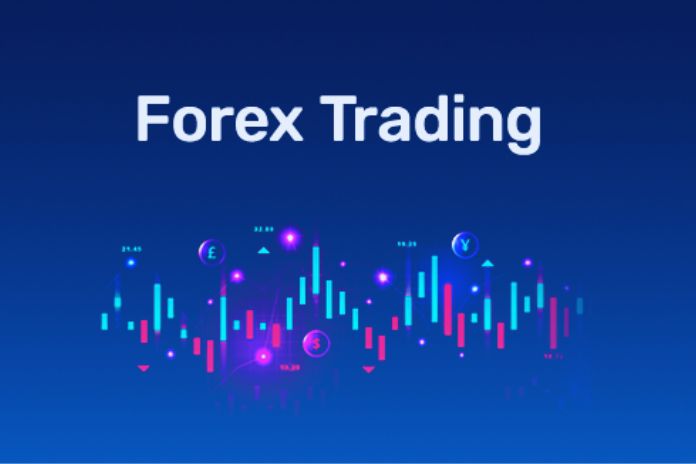Forex Trading: An In-Depth Analysis
Forex trading, short for unfamiliar trade exchanging, is a type of monetary speculation that includes the trading of foreign economic standards in worldwide financial business sectors. This market is the most critical and fluid worldwide, with an everyday exchange volume surpassing US$6 trillion. All through this article, we will investigate exhaustively what Forex exchanging is, how it works, and the key components each hopeful dealer ought to be aware of.
Definition
Forex trading is trading one cash for one more at a settled cost to benefit from changing trade rates. Monetary standards are exchanged, where one is purchased and the other is sold all the while. For instance, on the off chance that you purchase the EUR/USD pair, you are buying the euro and selling US dollars.
Market Participants
The primary members of the forex market are national banks, monetary foundations, global organizations, institutional financial backers, and retail merchants. The Web has democratized access to Forex exchanging, permitting anybody with a Web association to participate.
How Forex Trading Works
Currency Pairs
Currencies in the Forex market are quoted in pairs, with a base money and a statement of cash. For instance, in the EUR/USD pair, the euro is the base currency, and the US dollar is the statement cash. The cost of a money pair mirrors the trade proportion between the two monetary standards.
Exchange Rates
Several factors, including interest rates, financial circumstances, government approaches, and international occasions, impact trade rates. Dealers attempt to anticipate what these elements will mean for trade rates to arrive at informed conclusions about their exchanges.
Financial Leverage
A particular element of Forex exchanging is the utilization of influence. This permits brokers to control a more noticeable situation than the capital contributed. Be that as it may, power expands the risk of critical misfortunes, and merchants should deal with this cautiously.
Tools And Strategies
Technical Analysis
Technical analysis uses past price charts to distinguish examples and patterns demonstrating future developments. Standard apparatuses incorporate moving midpoints, supports and protections, and specialized pointers.
Fundamental Analysis
Fundamental analysis includes assessing monetary and non-monetary elements to figure out the strength of an economy and foresee cash cost developments. Pointers like gross domestic product, expansion, and business are vital in this examination.
Risk Management
Risk management is vital in forex trading. Traders set stop misfortunes to restrict misfortunes, decide fitting position estimates, and broaden the portfolio to lessen openness to a single cash or exchange.
Types Of Currencies
Senior Couples
The most well-known ones address more than 80% of the complete exchanges on the cash market. The high accessibility and liquidity imply that the exchanging conditions on these sets are especially invaluable, with somewhat low spreads contrasted with less exchanged matches. By their popularity and the joy they can save for brokers who figure out how to manage them, each has acquired its own “moniker,” as demonstrated in sections.
Minor Couples
Less fluid than the bigger ones, they are, in some cases, called cash crosses. These matches must still include the US dollar and incorporate one essential worldwide currency, like the euro, English pound, or Japanese yen. Among the most widely recognized minor matches, we track down EUR/CHF, EUR/NZD, GBP/AUD, GBP/AUD, GBP/JPY, and computer-aided design/JPY; however, there are numerous others.
Exotic Couples
This is the way coordinates that incorporate less popular monetary standards are characterized. They have low exchanging volumes, less liquidity, and higher spreads than the others; however, they hold an appeal that is powerful for certain brokers. They have a place with more modest business sectors, are impacted by fewer factors, and are described by some vital developments with every one of the benefits and hindrances. The most famous colorful matches are USD/Attempt, USD/MXN, and USD/ZARE.
Conclusions
Forex trading is a mind-boggling action that requires an inside-out comprehension of monetary business sectors, monetary forms, and worldwide financial elements. Hopeful merchants ought to concentrate on study and practice before committing critical capital. With the appropriate preparation, discipline, and hazard for the executives, Forex exchanging can offer unique open doors; however, it is fundamental to know about the dangers related to this robust market.
Also read: BI: How Can GIS And Predictive Analysis Help In Your Management?

